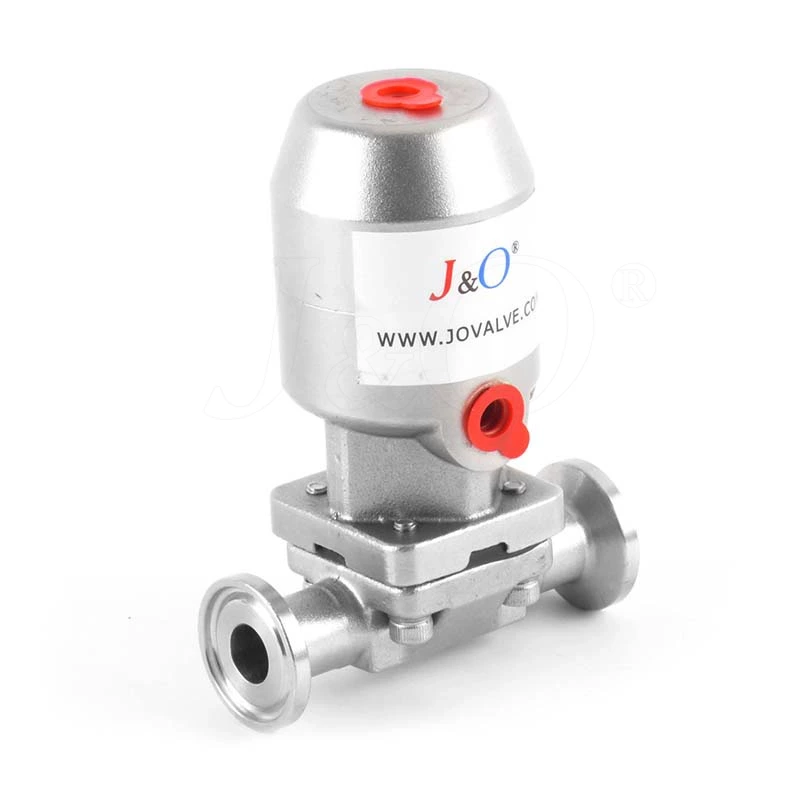Manual Diaphragm Valve Uses The Movement Of Diaphragm To Open And Close The Valve.
Sanitary Diaphragm Valve is a common valve type, usually used to control the flow of media such as liquids, gases and dust. It uses a diaphragm to isolate the fluid and the valve stem to achieve fluid control.
This article will introduce the structure, working principle, application and maintenance of the manual diaphragm valve.
1. Structure
The main components of the manual diaphragm valve include the valve body, valve cover, diaphragm, valve stem, handle, etc. Among them, the valve body and valve cover are usually made of cast iron, steel, stainless steel and other materials, and the diaphragm is made of rubber materials such as fluororubber and chloroprene rubber or plastic materials such as polytetrafluoroethylene. The valve stem is made of stainless steel and other materials, and the handle is usually made of steel.
2. Working principle
The working principle of the manual diaphragm valve is to use the movement of the diaphragm to realize the function of opening and closing the valve. When the handle is turned, the valve stem will also rotate, and the diaphragm will also move. When the diaphragm rises to a certain height, it will open the channel inside the valve body to allow the medium to flow; when the handle is turned again, the diaphragm will drop to close the valve.
3. Application
Manual diaphragm valves are widely used in various industrial fields, such as water treatment, chemical industry, pharmaceutical industry, food processing, petrochemical industry and other industries. It has the advantages of corrosion resistance, good sealing and simple maintenance, and is suitable for handling various corrosive media, high viscosity liquids, particles and powders.
4. Maintenance
The following points should be noted in the maintenance of manual diaphragm valves:
1. Regularly check the wear degree of the diaphragm. If the wear is serious, a new diaphragm needs to be replaced.
2. Check the sealing of the valve body and valve cover. If leakage is found, the seal needs to be repaired or replaced.
3. Regularly check the handle and valve stem of the valve. If scale, rust, damage, etc. are found, they need to be cleaned, maintained or replaced in time.
4. Pay attention to the installation position of the valve and the pipeline connection method to prevent the valve from leaking or being damaged due to pipeline vibration and other reasons.
In short, as a common type of valve, manual diaphragm valve has the advantages of simple structure, convenient maintenance and wide application, and can provide reliable fluid control solutions for various industrial fields.
